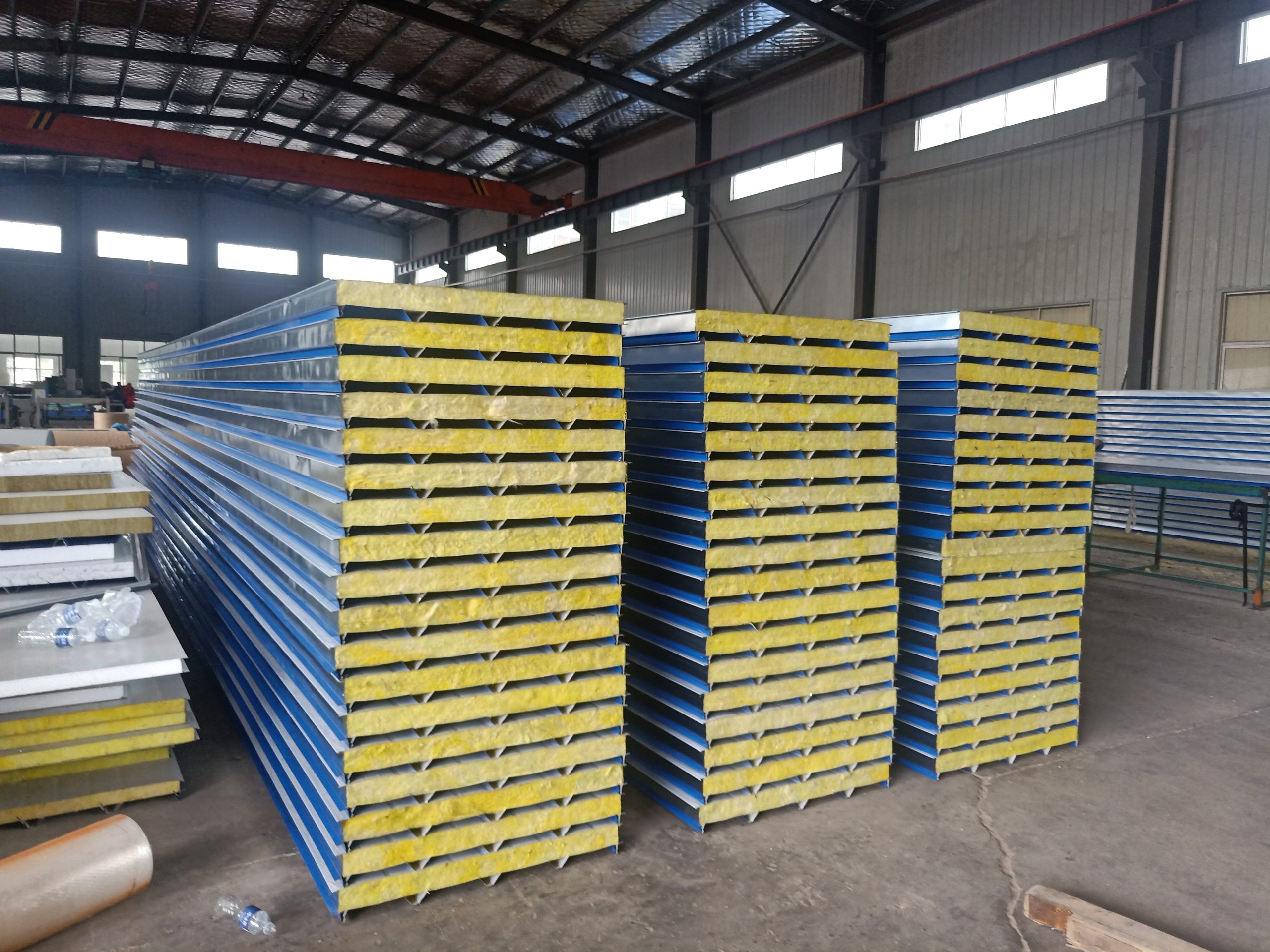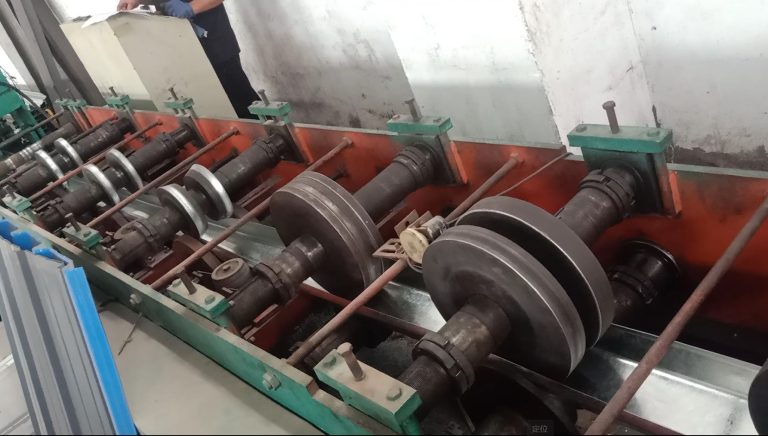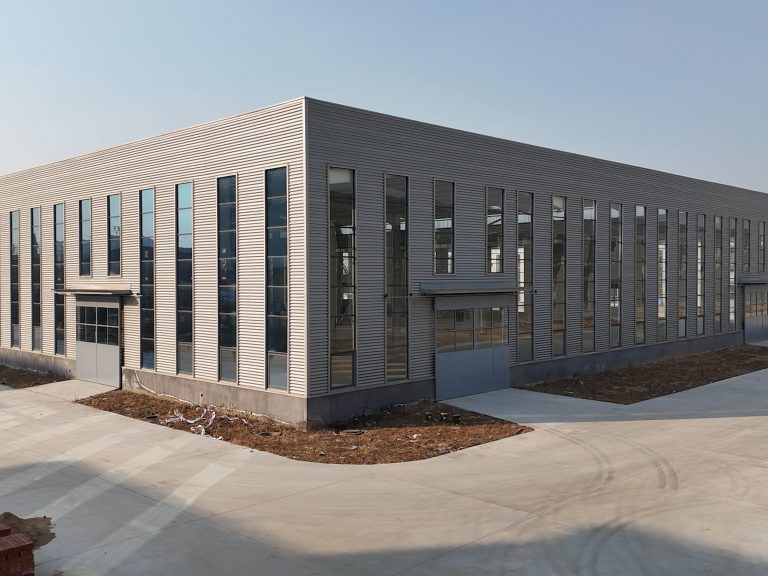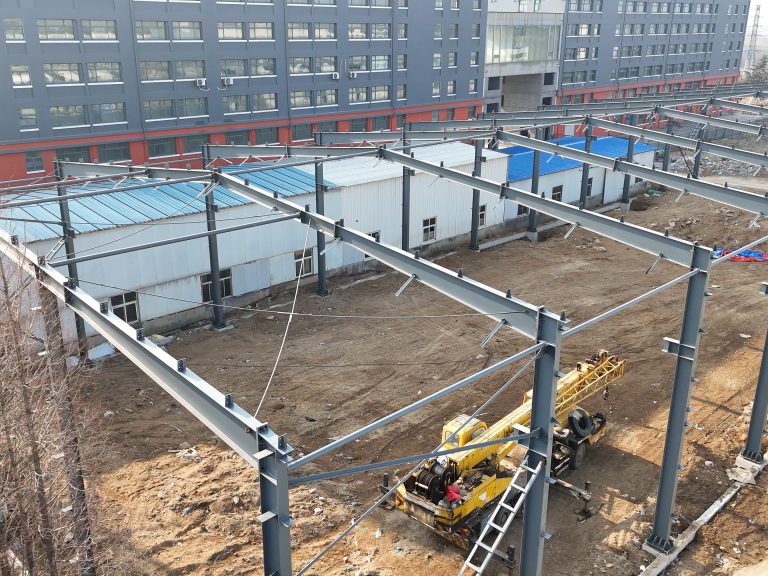Table of Contents
Sustainable landscaping ideas for outdoor spaces
Outdoor spaces are an essential part of any home, providing a place for relaxation, entertainment, and connection with nature. When it comes to designing outdoor spaces, it is important to consider not only aesthetics but also environmental responsibility. Sustainable landscaping ideas can help create a beautiful outdoor space that is also eco-friendly and promotes biodiversity.
One popular trend in sustainable landscaping is the use of native plants. Native plants are well-adapted to the local climate and soil conditions, requiring less water and maintenance than non-native species. By incorporating native plants into your outdoor space design, you can create a low-maintenance garden that supports local wildlife and reduces the need for chemical fertilizers and pesticides.
Another important aspect of sustainable landscaping is water conservation. In many parts of the world, water is a precious resource that should be used wisely. By incorporating water-saving features such as rain gardens, permeable paving, and drip irrigation systems, you can reduce water consumption in your outdoor space. Rain gardens are designed to capture and filter rainwater, reducing runoff and replenishing groundwater supplies. Permeable paving allows rainwater to soak into the ground, reducing the risk of flooding and erosion. Drip irrigation systems deliver water directly to the roots of plants, minimizing evaporation and runoff.
In addition to water conservation, sustainable landscaping also involves soil health. Healthy soil is essential for plant growth and biodiversity, as well as for carbon sequestration and water filtration. By using organic mulches, compost, and cover crops, you can improve soil structure, fertility, and moisture retention in your outdoor space. These practices also help reduce the need for chemical fertilizers and pesticides, which can harm beneficial soil organisms and pollute waterways.
When designing outdoor spaces, it is important to consider the overall environmental impact of your choices. For example, using recycled materials such as reclaimed wood, recycled plastic, and salvaged stone can reduce waste and energy consumption. Choosing energy-efficient lighting, solar-powered features, and low-maintenance materials can also help minimize your carbon footprint and reduce your utility bills.
In conclusion, sustainable landscaping is an important aspect of outdoor space design that promotes environmental responsibility and biodiversity. By incorporating native plants, water-saving features, and organic practices into your outdoor space, you can create a beautiful and eco-friendly garden that benefits both people and the planet. Whether you are designing a small backyard garden or a large outdoor living area, there are many sustainable landscaping ideas that can help you create a space that is both beautiful and environmentally responsible. By making thoughtful choices and taking a holistic approach to outdoor space design, you can create a sustainable garden that enhances your home and supports the health of the planet.
Incorporating eco-friendly materials in box house construction
When it comes to designing a box house, there are many factors to consider, including the use of eco-friendly materials. Incorporating sustainable materials into the construction of a box house not only helps reduce the environmental impact of the building process but also creates a healthier living environment for its occupants.
One of the key considerations when designing a box house is the choice of materials used in its construction. Traditional building materials such as concrete and steel can have a significant impact on the environment due to their high carbon footprint. By opting for eco-friendly materials such as reclaimed wood, bamboo, or recycled steel, homeowners can reduce the environmental impact of their box house while still achieving a modern and stylish design.
Reclaimed wood is a popular choice for box house construction due to its sustainability and unique aesthetic appeal. By using reclaimed wood from old buildings or furniture, homeowners can give new life to materials that would otherwise end up in a landfill. In addition to being environmentally friendly, reclaimed wood also adds character and warmth to a box house, creating a cozy and inviting atmosphere for its occupants.
Bamboo is another eco-friendly material that is gaining popularity in box house construction. As one of the fastest-growing plants in the world, bamboo is a sustainable alternative to traditional hardwoods. Its strength and durability make it an ideal choice for structural elements such as flooring, walls, and ceilings. Bamboo also has natural antibacterial properties, making it a hygienic and healthy choice for box house interiors.

Recycled steel is another eco-friendly material that can be used in box house construction. By repurposing steel from old buildings or industrial sites, homeowners can reduce the demand for new steel production, which is energy-intensive and contributes to greenhouse gas emissions. Recycled steel is just as strong and durable as new steel, making it a practical choice for structural elements such as beams and columns in a box house design.
In addition to the choice of materials, the design of a box house can also incorporate eco-friendly features to further reduce its environmental impact. For example, installing energy-efficient windows and doors can help reduce heating and cooling costs, while also improving indoor air quality. Solar panels can be added to the roof of a box house to generate clean and renewable energy, further reducing its carbon footprint.
Landscaping is another important aspect of outdoor space design that can contribute to the environmental responsibility of a box house. By incorporating native plants and trees into the landscaping, homeowners can create a sustainable and low-maintenance outdoor space that supports local wildlife and biodiversity. Rainwater harvesting systems can also be installed to collect and reuse rainwater for irrigation, reducing the need for potable water and lowering water bills.
In conclusion, designing a box house with environmental responsibility in mind involves the careful selection of eco-friendly materials and the incorporation of sustainable features into its design. By choosing materials such as reclaimed wood, bamboo, and recycled steel, homeowners can reduce the environmental impact of their box house while still achieving a modern and stylish design. Incorporating energy-efficient windows, solar panels, and rainwater harvesting systems can further enhance the eco-friendliness of a box house, creating a healthy and sustainable living environment for its occupants.




